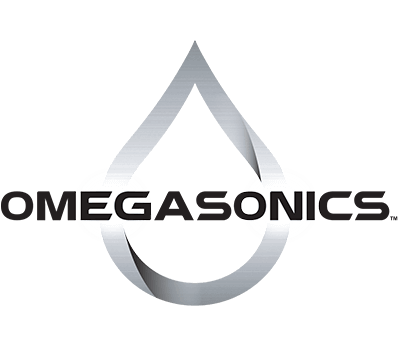Why You Should Never Put Flammable Liquids Like Isopropyl Alcohol (IPA) in an Ultrasonic Cleaner
Ultrasonic cleaners are powerful tools for deep-cleaning parts, electronics, jewelry, and other items with incredible precision. They work by generating high-frequency sound waves in a liquid bath, creating microscopic bubbles that implode and loosen dirt, carbon, and other contaminants. However, using the wrong liquid in an ultrasonic cleaner can turn a safe cleaning process into a serious fire hazard.
One of the most dangerous mistakes people make is putting flammable liquids—such as isopropyl alcohol (IPA), acetone, gasoline, kerosene, and other solvents—directly into the ultrasonic tank. This is not just bad practice; it can lead to fires, explosions, serious injury, or even death.
How Ultrasonic Cleaners Work—and Why Heat + Flammables Is Dangerous
Ultrasonic cleaners don’t just vibrate liquid—they also generate heat. The cleaning action and internal components naturally warm the liquid during operation, and many units even have built-in heaters that can reach well above 140°F (60°C).
When you place a flammable liquid like IPA in the tank:
-
Low Flash Point Risk – Isopropyl alcohol has a flash point of around 53°F (12°C). That means it can produce flammable vapors at room temperature. The heat from the ultrasonic cleaner can quickly bring it into a dangerous vapor-rich condition.
-
Vapor Ignition Hazard – Those vapors can ignite from sparks, static discharge, or the machine’s electronics—causing a sudden and violent fire.
-
Confined Space Danger – An ultrasonic cleaner’s tank concentrates vapors above the liquid surface, increasing the chance of a flash fire if ignition occurs.
Real-World Fire and Injury Risks
Putting flammable liquids directly in an ultrasonic cleaner can result in:
-
Flash Fires – Vapors ignite instantly, creating flames that can burn operators and damage property.
-
Explosions – In extreme cases, vapor buildup can cause a mini explosion inside or near the tank.
-
Severe Burns – High-temperature burning alcohol sticks to skin, causing more severe injuries.
-
Equipment Loss – Fire can destroy your ultrasonic cleaner and nearby tools or electronics.
-
Insurance and Liability Issues – Using equipment in an unsafe way can void warranties, insurance claims, and safety certifications.
The Safer Alternative: Indirect Cleaning Method
If you must clean items with a solvent like IPA or acetone, never pour it directly into the tank. Instead, use the beaker or jar method:
-
Fill the Ultrasonic Tank with Water – This is your safe, non-flammable coupling medium.
-
Place the Solvent in a Sealed Glass Beaker or Stainless Steel Container – Only put enough solvent to submerge your part.
-
Suspend the Container in the Water Bath – The ultrasonic waves will pass through the water and into the beaker, cleaning your parts indirectly.
-
Keep the Beaker Loosely Covered – This minimizes vapor release.
This method keeps flammable vapors away from the ultrasonic unit’s electronics and heating elements, dramatically reducing the fire risk.
OSHA and Manufacturer Warnings
Organizations like OSHA and manufacturers of ultrasonic cleaners clearly state:
-
Do not put flammable solvents directly in ultrasonic cleaner tanks.
-
Use water-based solutions whenever possible.
-
If solvent cleaning is necessary, use the isolated container method with proper ventilation.
Ignoring these warnings not only risks injury but also violates workplace safety standards.
Key Takeaways
-
Isopropyl alcohol, acetone, gasoline, and other flammable liquids should never be placed directly in an ultrasonic tank.
-
The heat and agitation from ultrasonic cleaning can cause vapors to ignite—leading to fire, injury, and property damage.
-
Always follow safe solvent use practices, including indirect cleaning methods and proper ventilation.
-
When in doubt, use a non-flammable, water-based ultrasonic cleaning solution.
Your safety, your equipment, and your facility depend on proper cleaning procedures. A few extra steps can prevent a disaster—and ensure your ultrasonic cleaner continues to be a powerful, safe, and reliable cleaning tool for years to come.
